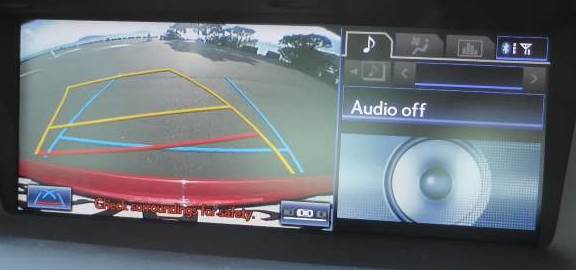An aftermarket modification is an addition to a vehicle that wasn’t offered or provided by the manufacturer. It could be something as simple as tinting the windows, or something more extensive such as a complete engine swap. There’s significant scope to improve your vehicle from the manufacturer’s original specifications in terms of performance, looks and safety.
Tyres and wheels
While sports cars are specified with sticky rubber, most passenger cars aren’t, and the quality of the tyres impacts on your cornering grip and braking distance. As the tread in the tyres is the way in which water is dispersed under the tyre in wet weather, choosing a tyre with a superior tread pattern can mean significantly more grip in wet conditions.
Installing wider wheels and tyres can give more grip in cornering and braking, but making them too wide can have negative effects, increasing the probability of tramlining, or the tyres rubbing on the wheel arches when turning
Brakes
Improving the brake pads and disks can help give a more consistent and powerful braking performance. Larger brake discs dissipate heat more effectively, while better pads will help ensure maximum braking power is available at any speed.
Suspension
Adjustable suspension can increase a vehicle’s road holding ability, but be cautious of increasing the spring rate too much or the ride can become bumpy and tiring. Slightly stiffer spring rates help keep the vehicle flatter in corners, which provides more grip while cornering.
Sound system
Arguably one of the most common aftermarket parts upgrades, the sound system involves changing the head unit (the part you interact with), the speakers, and/or the amplifier.
Any new system should incorporate Bluetooth hands-free phone connectivity and preferably integrations for mobile phones such as Apple CarPlay and Android Auto.
Hands-free control of media functions means less distraction on the road, and gives more choice to the driver.
Paint job
Certain vehicle colours are more visible on the road than others. For example, silver vehicles are more difficult to see. Changing the colour of the car to something more visible such as white or yellow is perceived to reduce accident risk, but it is difficult to find evidence that it does.
Lights
Choosing more powerful and focused headlights gives a better view of the road ahead at night, increasing the time available to react to developing hazards. Coloured LED light kits (“neons”) that project downwards under the vehicle can also help with visibility, particularly from the side.
LED lights are less likely to fail than other types, meaning less likelihood of driving around with a light that’s not working.
Reversing camera and proximity sensors
Every vehicle has blind spots. These are areas you can’t see in your mirrors, so you have to move your head to see in them. When reversing, blind spots can be deadly if a toddler or small child is behind you. There’s also the risk of reversing into objects that are hard to see, such as poles and bollards.

A reversing camera can be integrated into the dashboard or the rear-view mirror.
Blind spot monitoring
Continuing on our blind spot, theme, most cars and trucks have a blind spot over the right and left shoulder of the driver which makes it more difficult to judge safe lane changes. Blind spot monitoring systems warn a driver if there’s an approaching vehicle in an adjacent lane.
Other systems, such as rear cross traffic alert, alert the driver when reversing if there’s another vehicle coming from the side that might be hidden by a car parked adjacent.
Speed limiter
Some companies install speed limiters to reduce the risk of an accident at open road speeds. They are useful if you have been caught for speeding before and want to ensure that you don’t inadvertently speed.
Body kits
A body kit can improve the downforce created by the vehicle, or it can reduce the amount of lift created by the car, giving better grip when cornering and braking.
Consumables
Consumables are things in the car that need to be replaced regularly, for example:
Brake fluid – improving the quality of the brake fluid can make it more resistant to brake fade and improve braking performance
Windscreen wipers – good quality windscreen wipers will improve forwards and rearwards visibility by being able to clear heavy rain more effectively.
Floor mats
Good quality floor mats will dry your feet effectively which improves grip on the pedals if you’ve just got in the vehicle after walking in rainy or snowy conditions.
